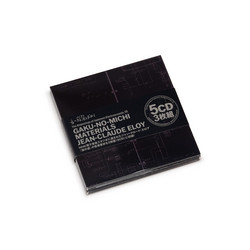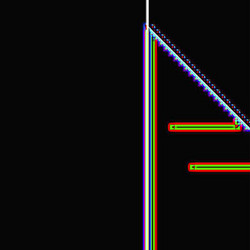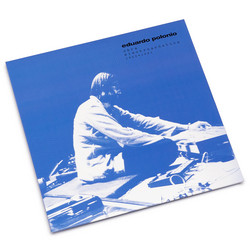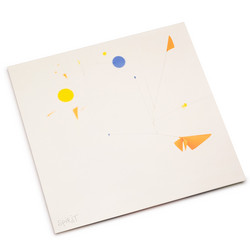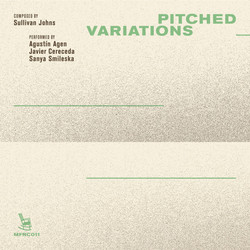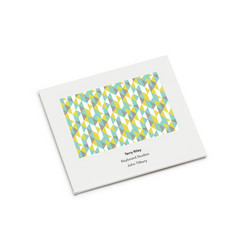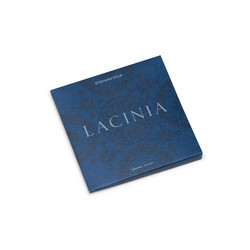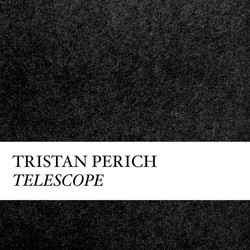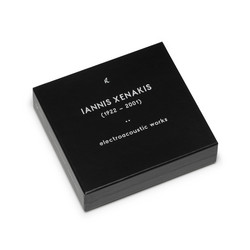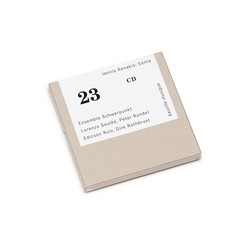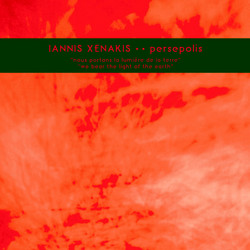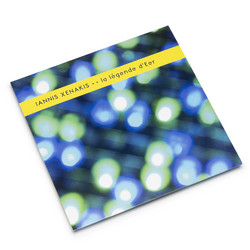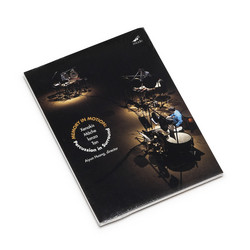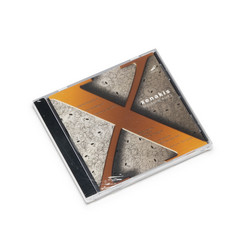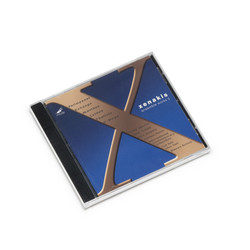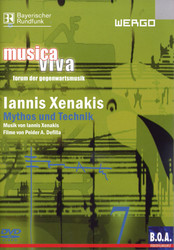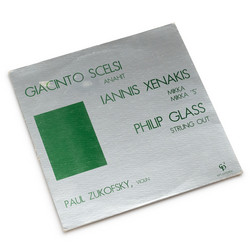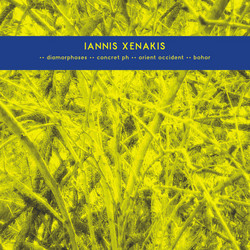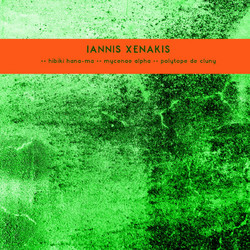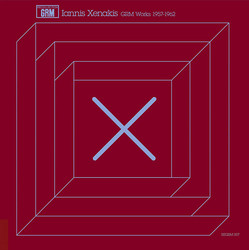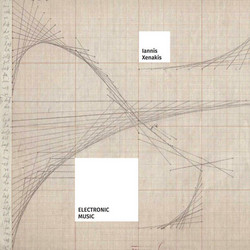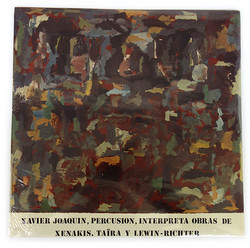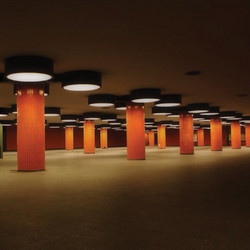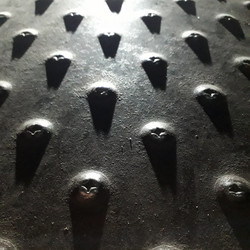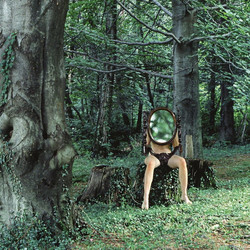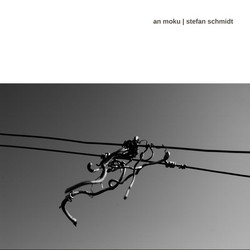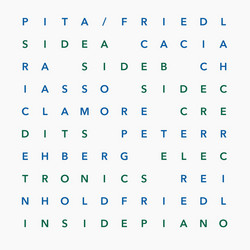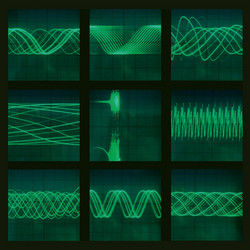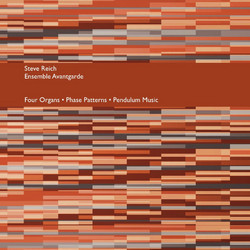Iannis Xenakis's late electroacoustic music became electronic: all sounds are synthetic "explicit computer music" as Peter Hoffmann called it. The music presented here shows Xenakis's way back from spatialized immersive music and multimedia spectacle to simple loudspeaker music. The sound does not move anymore, there are no synchronized visuals: nothing remains but structured noise. Xenakis used two inventions he had already presented in the context of the Polytopes: sounds created by stochastic synthesis in La Légende d'Eer and sound from his graphic interface transferring music into sound, the UPIC machine, in Mycenae Alpha for the Polytope de Mycènes.
For Taurhiphanie and Voyage Absolu Des Unari Vers Andromède he so-to-say "painted" the music, using his UPIC machine: drawings are transferred directly into sound. Better to say: into noise! Xenakis's predilection for noise, found especially in his electronic music, became more and more obvious and even more pure and raw. Again, Xenakis was ahead of his time: what began as industrial music in England and started its triumphal procession as noise music and power electronics at the end of the eighties is found in his later electronic music in an even more radical form. At the premiere of Taurhiphanie in his last Polytope-like multimedia production with bulls and horses in a bullring in Arles, France, even the animals reacted so disturbed that the performance became a great failure. Remaining is only the digital music composition Taurhiphanie, music to intimidate bulls. Towards the end of his life -- his last composition was realized in 1997 and he died in 2001 -- Xenakis concentrated on one of his most contradictory dreams: a composer who invented such powerful overwhelming and emotional music as Xenakis thought he could teach a machine to do the same. He believed in the possibility to invent a composing machine and he worked hard on it. The computer, with the help of which he realized his last two electronic works, Gendy 3 and S.709, created random-based digital sample values and then transferred them directly into sound.
Multidimensional computation of random values or changes in parameters produced similar but different pieces. Xenakis was never ideological, he simply chose the most beautiful results (the numbers in the titles probably refer to the versions).
released as part of the Xenakis box set KR092 "Electroacoustic Works":

